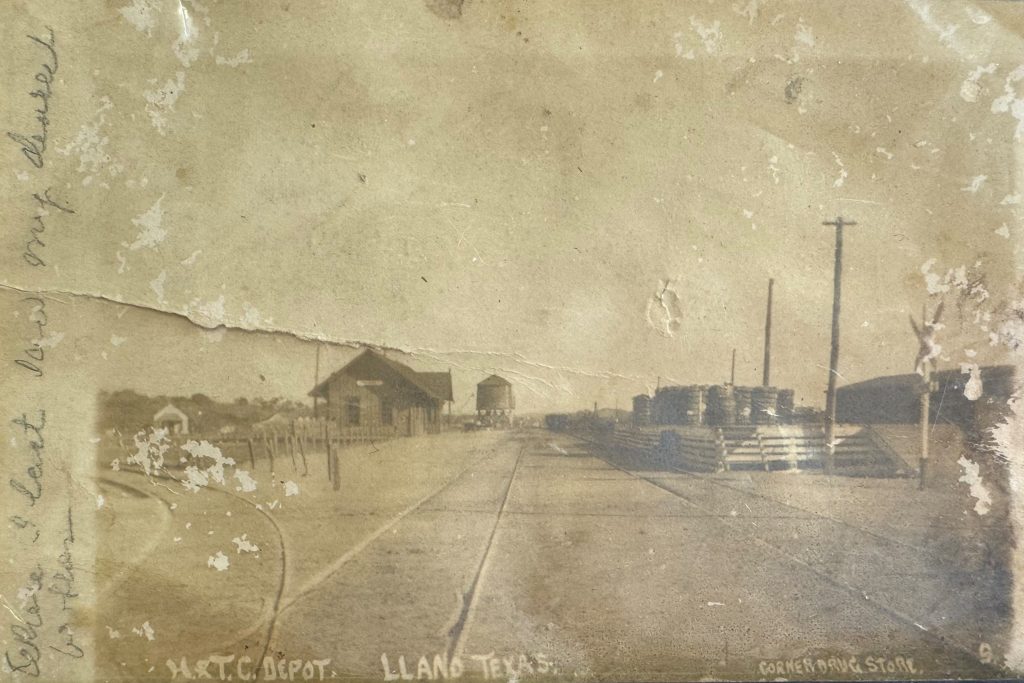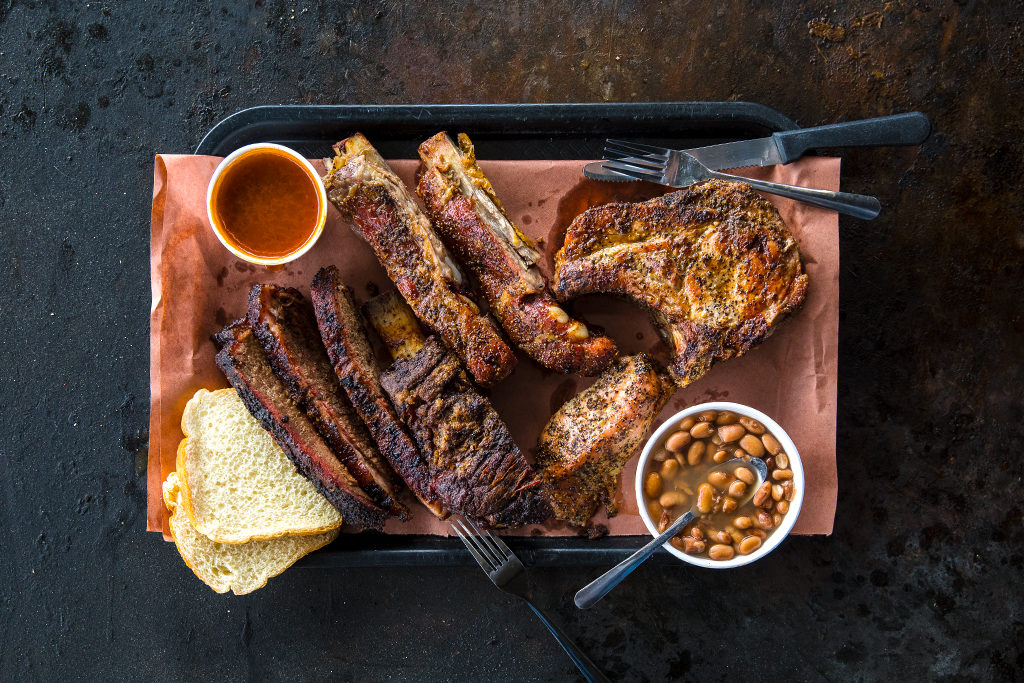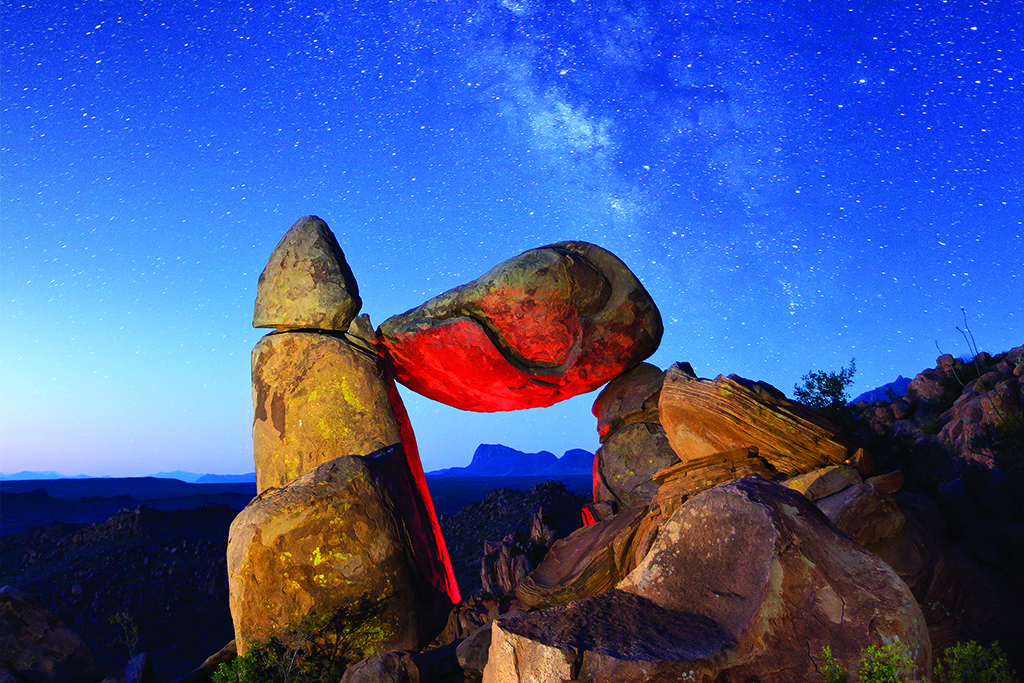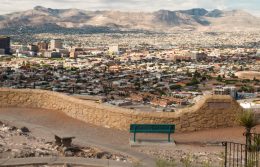City Spotlight: Llano
Llano County makes up the heart of Texas Hill Country. And in the county’s heart, right at the junction of the Pecan Creek and the Llano River where the hills, bluffs, and cascading waterfalls of the Hill Country are arguably at their most exquisite, is the county seat: Llano.
Demographically speaking, Llano is a small town of just over 3,000 Texans spread over fewer than 5 square miles, but it has another population that is off the charts. An estimated 413,000 white-tailed deer live around Llano County, the highest single density of deer in Texas and likely the entire United States.
But the “Deer Capital of Texas,” quaint as it may be, has draws for all Texans, white-tailed or otherwise.

A History of Highs and Lows
Before Llano was established in 1856 as little more than a frontier trading center, the land was a constant point of contention between the Comanche and Tonkawa tribes. In the first half of the 19th century, northward-expanding Spanish settlers built missions in Llano County to defend themselves and their allies, the Tonkawas, against Comanche attacks. Western history buffs will enjoy perusing the Llano County Historical Museum in Llano, which has relics from the skirmishes.
As the 20th century approached, Llano, galvanized by the discovery of enormous iron ore deposits, showed signs of booming into the “Pittsburgh of the West.” Railroads lines were channeled into town, new businesses sprung up, and population reached a new zenith in the thousands.
The iron frenzy quickly cooled around Llano. However, one product of the times that remains operational is the iconic Dabbs Railroad Hotel. The bed-and-breakfast was founded in 1907 as a stopover for frontiersmen, granite miners, and even a colorful roster of cowboys, train robbers, and outlaws, including Bonnie and Clyde.
The company the railroad dragged into Llano during the boom years saw the construction of the ever-famous, four-story, Red Top Jail in the 1890s, which is now one of the oldest-surviving jails in Texas. Its Romanesque Revival architecture has been unaltered in the last century, making it a unique tourist destination for anyone passing through Llano.

Big Ol’ Barbecue
These days, Llano might be best known for the gargantuan slabs of slow-roasted pork chops that come out of Cooper’s Old Time Pit Bar-B-Que. You can’t go wrong with this ’cue that’s famous statewide — barbecue aficionados have all lauded their brisket, sausages, cabrito (goat), rib-eyes, chicken, and turkey. Don’t leave Cooper’s until there’s nothing on your platter but butcher paper.

Why Llano Rocks
One of the most alluring sites in Llano County is about a 30-minute drive south of Llano proper, Enchanted Rock State Natural Area. The park is centered around the eponymous Enchanted Rock, a 425-foot-high pink granite dome that covers 640 acres of the Hill Country. It’s an excellent site with 11 miles of hiking trails and plenty of spots for rock climbing. Plus, the top of the dome is a perfect site for stargazing.
Before you leave Llano, swing by Enchanted Rocks & Jewelry, an old-school mom-and-pop shop that sells rare stones found by local rock hunters. They use the stones to make jewelry and art, which make for great souvenirs — the best of which are made of “llanite,” a rare granite that’s only found in Llano.
Get to know more Texas small towns.
© 2025 Texas Farm Bureau Insurance



